@UIowaNeuro
@IowaNeurology

We find that 4 Hz STN stimulation in *humans* changes decision thresholds:
Data: narayanan.lab.uiowa.edu and osf.io/hsz3u
With Rachel Cole and Jim Cavanagh

We find that 4 Hz STN stimulation in *humans* changes decision thresholds:
Data: narayanan.lab.uiowa.edu and osf.io/hsz3u
With Rachel Cole and Jim Cavanagh
We find that 4 Hz STN stimulation in *humans* changes decision thresholds:
Data: narayanan.lab.uiowa.edu and osf.io/hsz3u
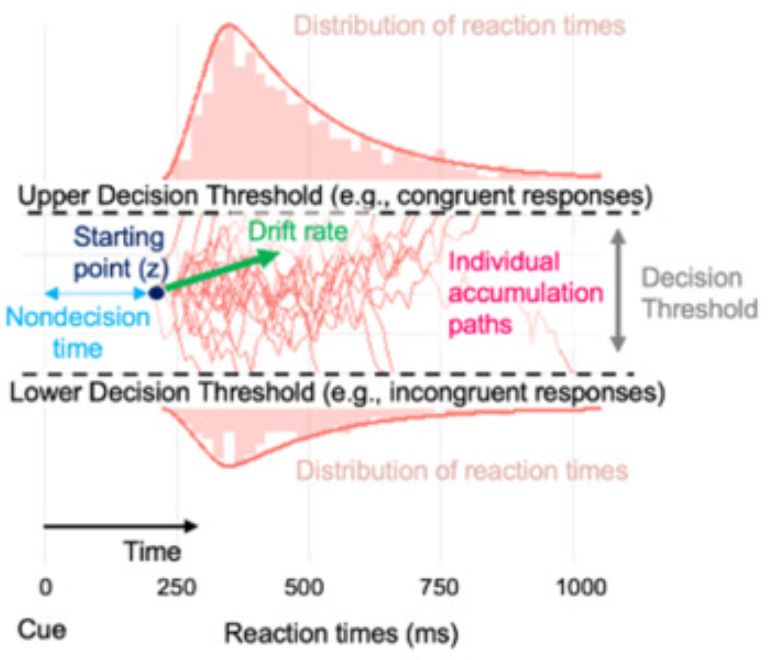
We find that 4 Hz STN stimulation in *humans* changes decision thresholds:
Data: narayanan.lab.uiowa.edu and osf.io/hsz3u


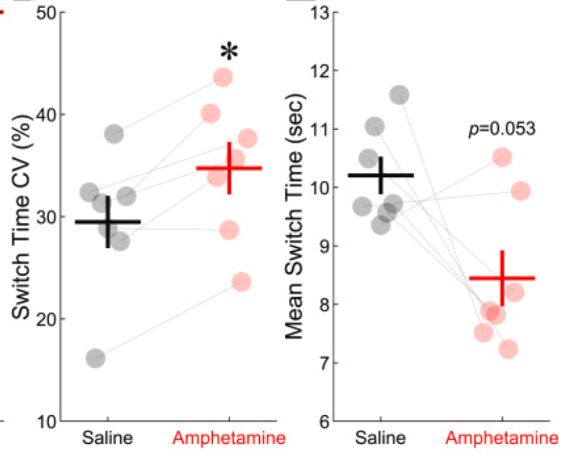
Work by Matthew Weber and colleagues:
As always, data and code at: narayanan.lab.uiowa.edu/datasets
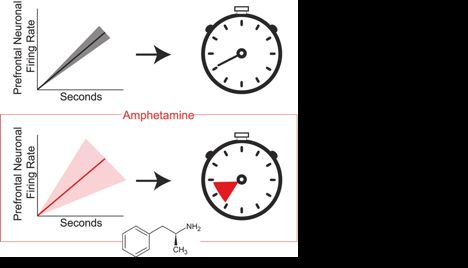
Work by Matthew Weber and colleagues:
As always, data and code at: narayanan.lab.uiowa.edu/datasets
www.biorxiv.org/content/10.1...
data: bit.ly/GlycolysisANDAD
Data and code : narayanan.lab.uiowa.edu/home/data
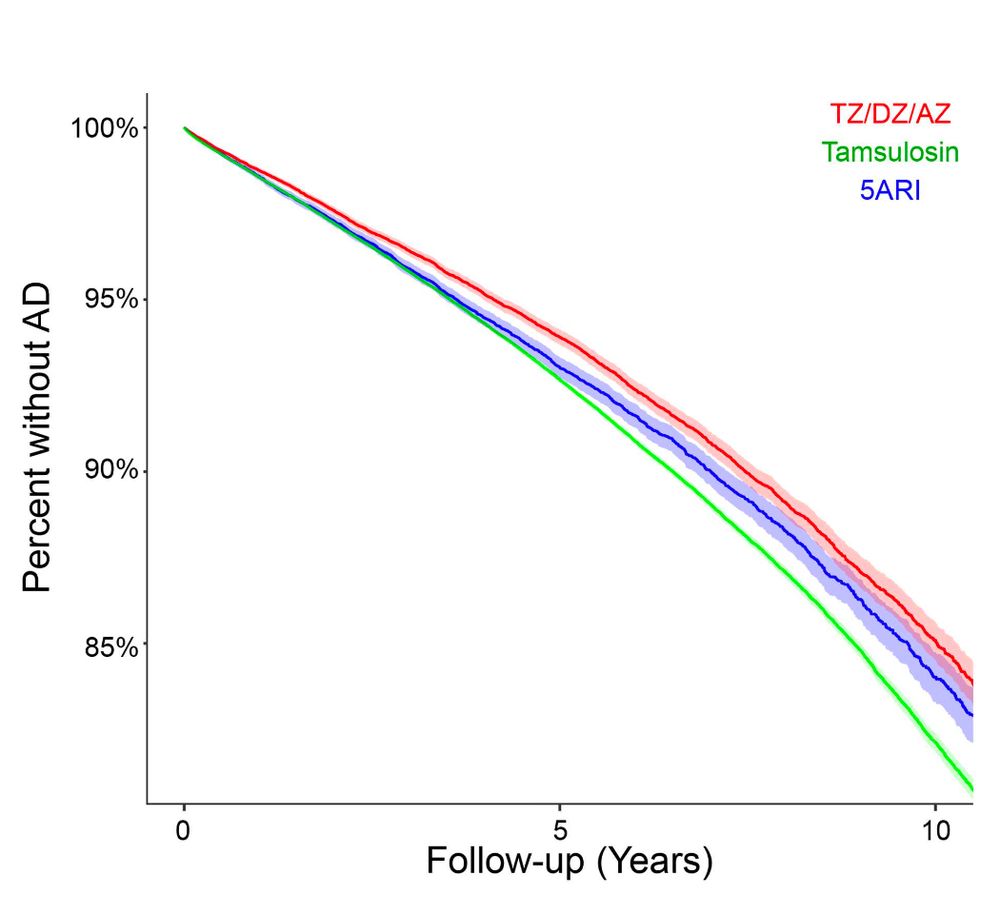
www.biorxiv.org/content/10.1...
data: bit.ly/GlycolysisANDAD
Data and code : narayanan.lab.uiowa.edu/home/data
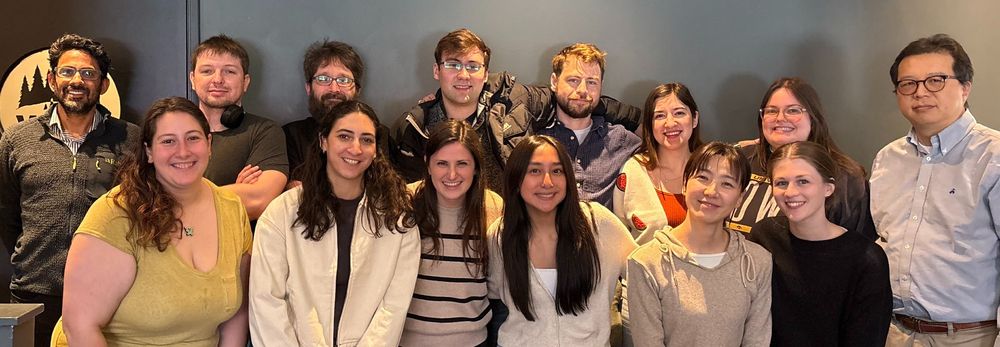
5/5
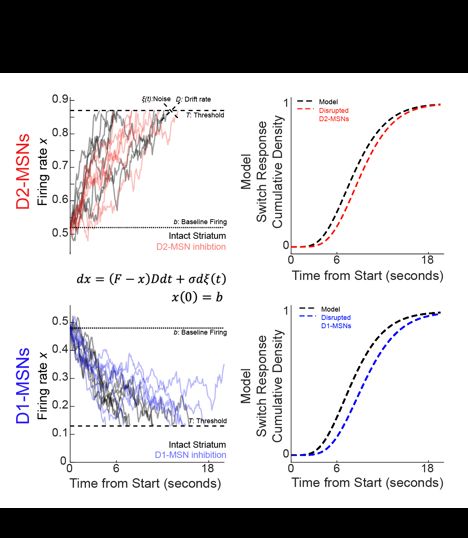
5/5
4/5
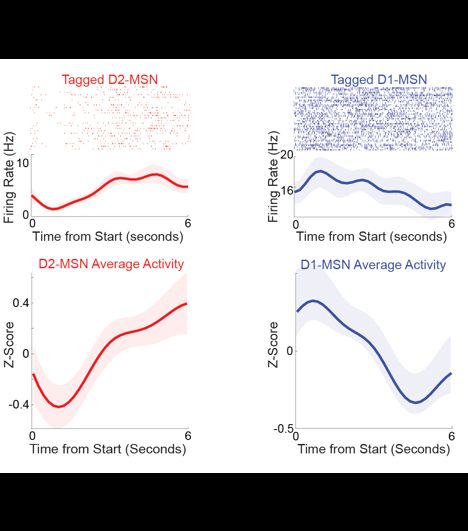
4/5
3/5
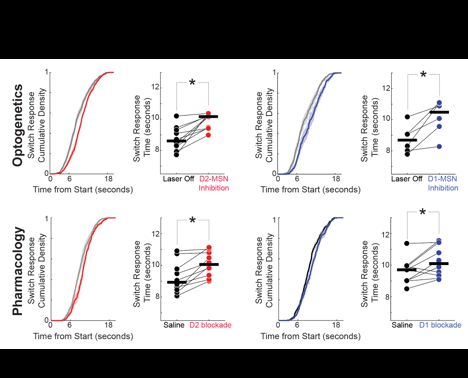
3/5

elifesciences.org/articles/96287
This story a long road – but is a major advance on understanding temporal control of action.
As always, data and code are available at narayanan.lab.uiowa.edu/data
1/5
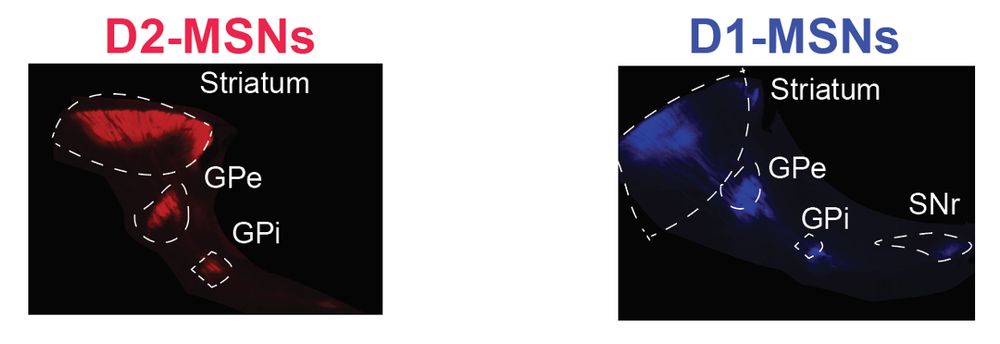
elifesciences.org/articles/96287
This story a long road – but is a major advance on understanding temporal control of action.
As always, data and code are available at narayanan.lab.uiowa.edu/data
1/5
They will be up at Jackson (039507) soon.
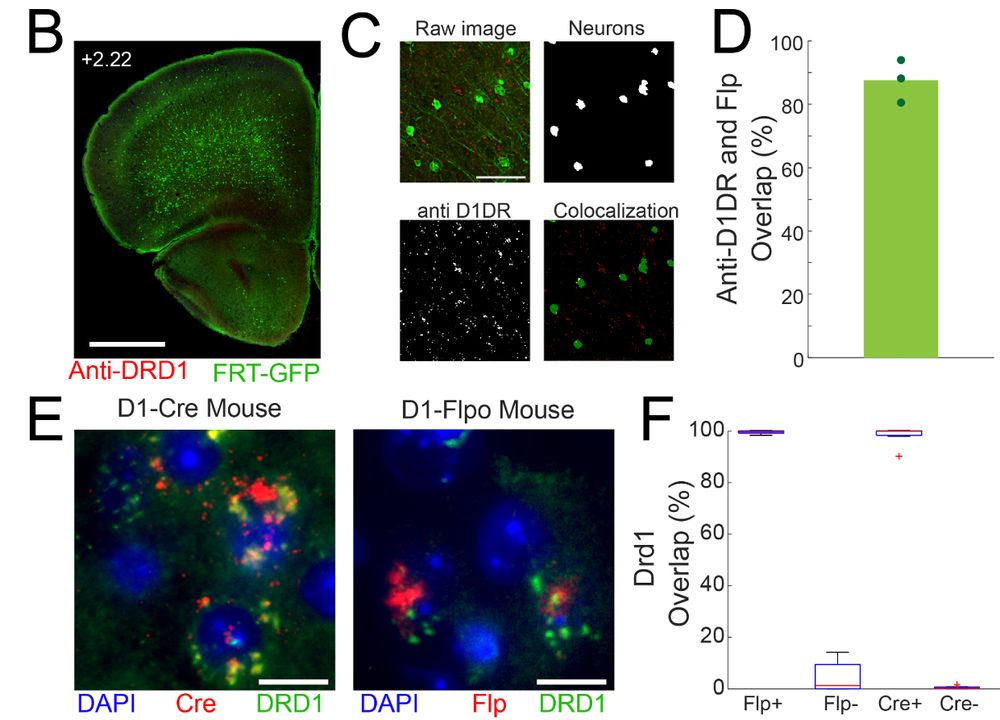
They will be up at Jackson (039507) soon.

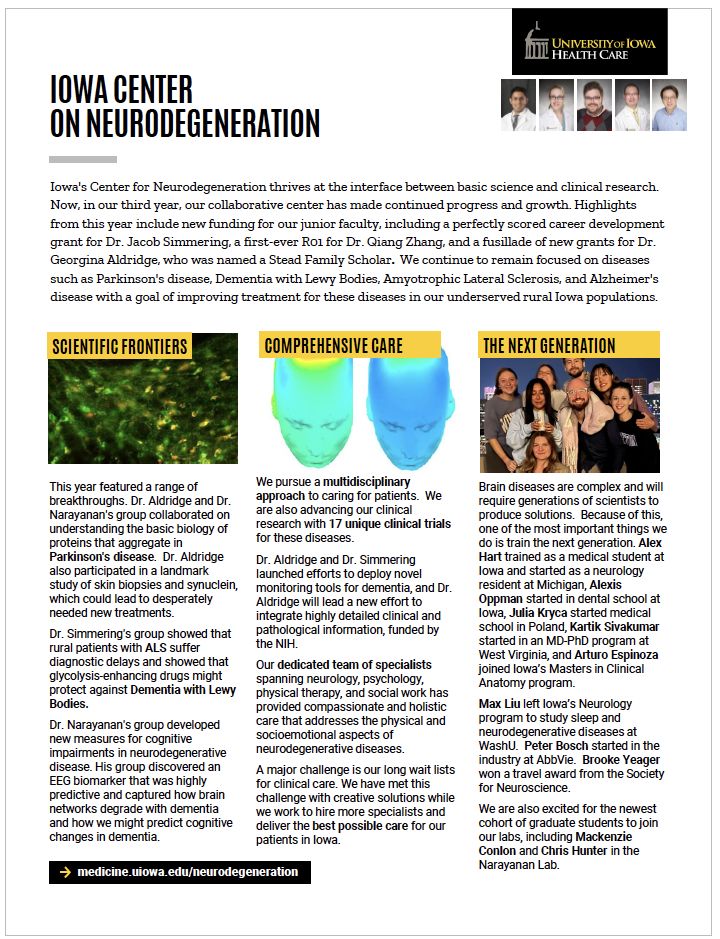
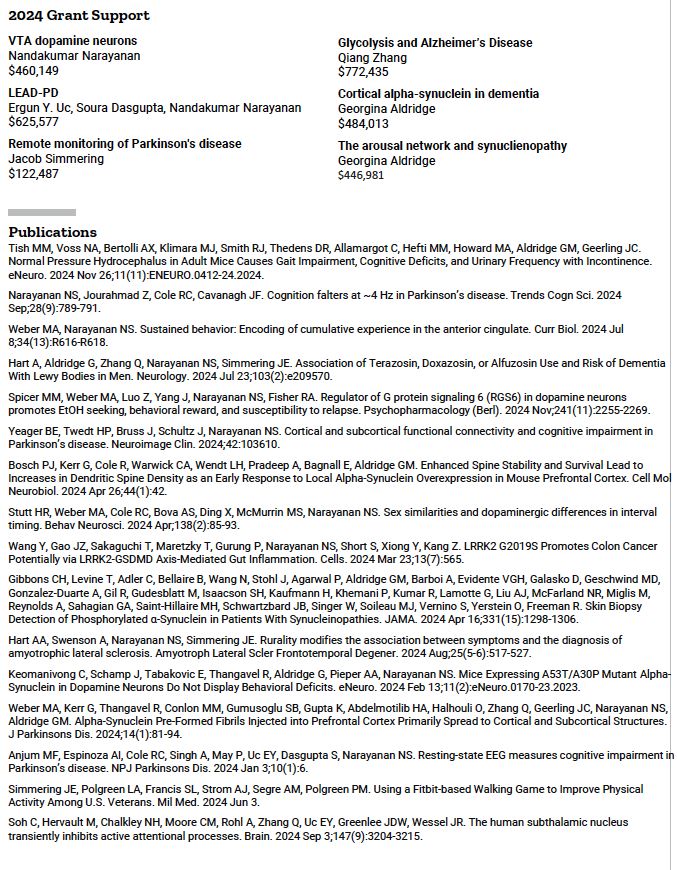



Kenji Lee-BU @kenjilee.bsky.social
Rachel Dick-Univ of Minnesota
Evan Hart-NIDA
Habiba Azab-Baylor
Justin Shin-Brandeis
See you in May 15-17th @ NIH: narayanan.lab.uiowa.edu/cppc2024

Kenji Lee-BU @kenjilee.bsky.social
Rachel Dick-Univ of Minnesota
Evan Hart-NIDA
Habiba Azab-Baylor
Justin Shin-Brandeis
See you in May 15-17th @ NIH: narayanan.lab.uiowa.edu/cppc2024







